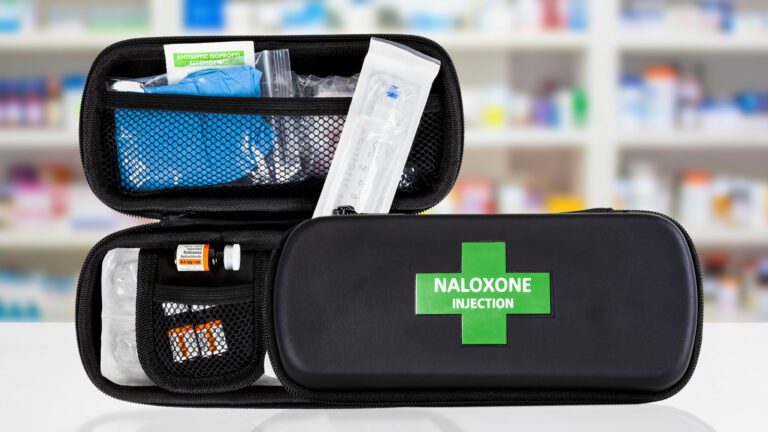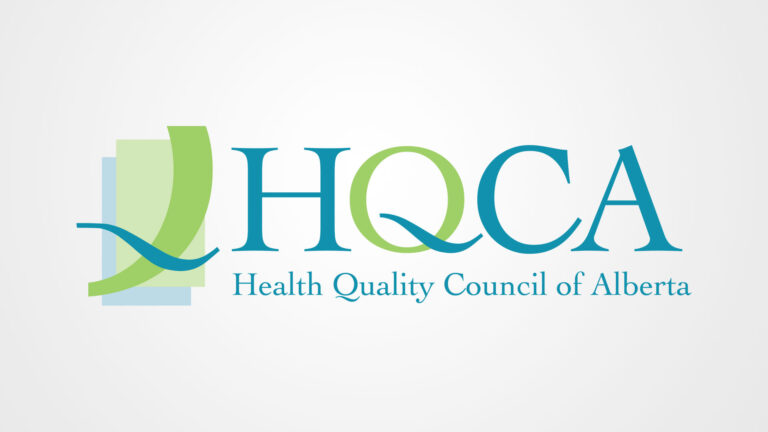
Naloxone saves lives.
No one knows that better than pharmacist Rola Hamad. Her neighbour had rushed to get her, saying her husband was turning blue and she didn’t know why.
“I went there, I looked at his tiny pupils, and I looked at what he had ingested,” said Rola. “I do carry a kit just to help people, and it took three shots for him to revive again.”
Her neighbour had a prescription for opioids and had accidentally ingested too many. Rola’s story highlights the key role that naloxone plays in keeping any patient with an opioid prescription safe, as well as combating the ongoing crisis of those with opioid use disorder (OUD).
“I tell my staff, don’t just focus on giving naloxone kits to those who have opioid use disorder,” said Rola. “It is also important to those using opioids on a regular basis for chronic pain. So, I tell my staff, do not underestimate the need to educate patients.”
This policy is in line with direction provided in the ACP naloxone guidelines. Pharmacy teams should always consider circumstances like Rola describes where patients may be at risk and offering them naloxone could save their life.
“It’s not just about providing naloxone to those who ask for it,” said Monty Stanowich, ACP Policy Lead and Compliance Officer. “It’s about properly assessing your patients and offering naloxone to every patient who might benefit from having it around in the case of a poisoning”.
From 2016 through March 31, 2020, Alberta’s Community Based Naloxone Program distributed over 240,000 kits from more than 2,000 provider sites, resulting in more than 11,000 opioid poisoning reversals[1].
The Gaetz Avenue Pharmacy in Red Deer where Rola is licensee also sees a large number of OAT patients due to the medical clinic next door, and the pharmacy staff work in close collaboration with the prescribing physicians to ensure the safety and care of their patients. They always offer naloxone and education on how to use them to patients using OAT medications.
ACP’s new OAT guidelines require that naloxone be regularly offered to every patient receiving OAT medications from a community pharmacy.
“These patients are at especially high risk,” said Monty, “not only because of their history with opioid use disorder, but also because the OAT medications themselves present a risk of opioid poisoning to the patient and to others in their house.”
Part A of the OAT guidelines provides regulated members with crucial information about person-centred care and the role of naloxone as a harm reduction measure. While the use of naloxone is becoming more normalized as part of this process, there is still work to be done to reduce the stigma attached to it.
Pharmacists like Rola, who have seen the results personally, are leading the way with this change.
“It’s a huge privilege for pharmacists to take advantage of having naloxone to help save lives,” said Rola. “I have seen people who in five minutes have transformed from death to life right in front of my eyes.”
[1] Community Based Naloxone Program Opioid Poisoning Response – Curriculum Guide for Trainers, July 2020, Alberta Health Services https://www.albertahealthservices.ca/assets/info/hrs/if-hrs-cbn-opioid-poisoning-response-curriculum-guide.pdf




